Holistic Lifestyling Podcast Season 2 Episode 5 Transcript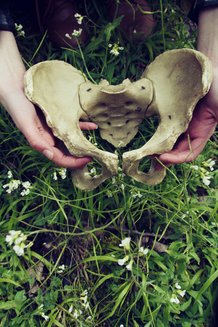 If you’ve been following along with the stress series I’ve got going right now, you’ll recognize that the last few episodes were all about a broad, holistic perspective on understanding and starting to manage your stress with internal and external supports, like with herbs or movement, for example. It seems like a good time, then, to get a little more focused and specific. While what I teach is all based on the idea of whole-body approaches to wellness, we accomplish that by looking at the little, specific parts that are foundational to your overall wellness and how we can improve them. One of the most frequent specific parts you’ll hear be talk about is the pelvic floor, and there’s 2 reasons for this- Everyone has a pelvic floor, and it serves as a huge part of your whole body’s stability, mobility, and functionality. If there’s a problem in one or more of these areas, the pelvic floor is involved Lots and lots of people have mild to moderate issues with their pelvic floors that they are just living with, either not knowing or not willing to deal with it right now because something else is on fire and is more important. I get it. So I call attention to the pelvic floor and its impacts on your health and wellness, because it’s something that not enough people know enough about, to realize they can change and improve their PF function without too much complication- without adding another dumpster fire. I’m trying to put out the embers of minor PF issues before they develop into a 5 alarm problem, and it’s pretty simple and straightforward to start this work- it’s not as overwhelming and complicated as many people fear. What does this have to do with stress? Well, a whole bunch, it turns out. Emotional Stress One definition of “stress” is “work”. The work your body does, whether it needs to or not, is stress for it. This is normal. This is how muscles strengthen and bones grow, this is how vision works and thinking works. But- it’s easy to see how you can create more work for yourself with internal stressors. Worries, beliefs, fears, all the things we think about, that we “stress” about, have physical impacts on our bodies. In particular, we can look at how what’s on your mind impacts your pelvic floor. In general, chronic stress like from chronics worries, causes your muscles to tighten in your whole body. For example, your neck gets tight, usually in a forward pose we call tech neck. This will impact your shoulders and arms, your vision, your jaw, your sinuses and ears, and the rest of your spine down to the tailbone that connects to your pelvis. Also, your digestion is a series of muscles so tension restricts it and slows things down- this adds weight! I’m not talking about the unhealthy, unhelpful “lose weight” pressures that diet culture dumps on us. I’m talking about the literal weight constipation causes in our abodmens, that puts pressure on all your other internal organs, ligaments, and such. That’s no good. Another muscular tension piece to think about is your blood vessels- arteries are muscular! When they’re tense, they’re smaller, restricting blood supply AND increasing pressure through them. Also no good. So emotional stress is a very real thing that impacts your physical, tangible body in very real ways. There’s lots you can do with, to, and for your whole self- body and mind- to help these impacts. For starters, I can refer you back to the three part podcast series I just finished about Holistic Perspectives on Stress! I talk about some external supports, like breathing and movement, and internal supports like herbal remedies, that can help. Relieving total, overall, general stress will help relieve the pelvic floor specific impacts you may experience. Posture Stress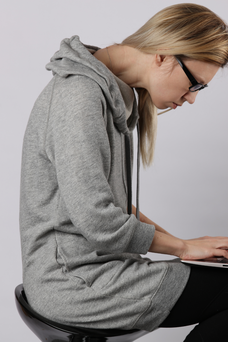 Another way stress impacts your pelvic floor is through posture. Think about the posture that is sometimes called a ‘human cashew’- all curled in on yourself. That’s a common pose when you’re worried or afraid or stressed, or working at your computer, or watching tv, or driving… I think you can see where I’m going with this! Posture is a big deal, and it impacts all of you. When you‘re all curled up, and we’re talking about how this pressures your pelvic floor, think of squeezing a balloon. The bends in your belly from curving your spine displace all the contents of your abdomen and if you have any pelvic floor dysfunction, you’re going to feel it there. This could be back pain, it could be heaviness or dragging feelings, it could be incontinence or near misses in the bathroom department, it could be reflux or heartburn; or even headaches, TMJ, hip problems, and breathing restrictions. All these can be caused simply by posture. Good posture isn’t about aesthetics, it’s not about just trying to look good. It’s about function in your body. When things are stacked and aligned appropriately, all the everything in your torso works better. If you’ve ever watched Downton Abbey, think back to the beautiful posture of the ladies in the show. It’s not only upright and regal, it’s relaxed! They're not stiffly holding themselves, it’s almost casual. That’s what I’m talking about- strength and ease through good posture. Now, there’s lots to be said about finding and practicing good posture. The online pelvic program I teach, both 1:1 and in small groups, is focused on this functional stacking from the feet all the way up your body including the pelvis, for posture and form. But if you’re looking for the first, most basic step to start practicing better posture at your desk, check out my Sitting Pretty free workshop in the Free Resources section of my website. It’s a little training video that will teach you how to sit better, as the first step to improving your posture and its impact on your pelvic floor. Again, this is available for free in my Free Resources Hub at paulasherbals.com Exercise and Movement Stress There’s one final way that stress can impact your PF that I want to talk about here, and that is through exercise and movement. Now, to some extent, emotional and postural impacts of stress on your pelvic floor might be considered a little more “passive”. They’re just there, being bothersome, all day long, and if you use the tools I’ve given you in this episode you can start to make simple and profound improvements for yourself. This topic of exercise and movement, however, is a bit bigger, and definitely what I consider to be an “active” ingredient of your pelvic floor issues. Now, this may be an unpopular opinion, but I don’t think exercise should be a punishment. In practical terms, you aren’t ever going to “work off” food or being sedentary or whatever else you might feel badly about. And in cultural terms, you don’t DESERVE to feel badly about any of it! Move because it feels good to you, let it feel good- or not, and then experiment with some other things to find something you DO like- and rest more than you have been because if you’re alive you’re probably working too hard! There, I said it. Ok, all that being said, there’s very real, practical implications to exercise and the pelvic floor. If you’re experiencing stress incontinence- when you leak during exercise, or sneezing or coughing or laughing, or any time that comes from movement, you don't need this! And you don’t have to put up with it, it’s not something you’re destined for.
0 Comments
Your comment will be posted after it is approved.
Leave a Reply. |
Fun Fact: I'm an herbalist and a movement coach. Not a doctor, or a pharmacist, and not pretending to be one on TV.
This is a public space, so my writing reflects my experiences and I try to stay general enough so it might relate to you. This does not constitute medical advice, and I encourage you to discuss concerns with your doctor. Remember, however, that the final say in your wellness decisions are always yours- you have the power to choose, you are the boss of you. And, some of my posts may contain affiliate links. If you make a purchase through them I'll earn a few cents. Thank you for supporting my work. This website is provided for educational and informational purposes only and is not medical, mental health or healthcare advice. The information presented here is not intended to diagnose, treat, heal, cure or prevent any illness, medical condition or mental or emotional condition. Working with us is not a guarantee of any results. Paula Billig owns all copyrights to the materials presented here unless otherwise noted. Categories
All
Archives
July 2021
|
|
info @paulaswellness.com |
DisclaimerThis website is provided for educational and informational purposes only and is not medical, mental health or healthcare advice. The information presented here is not intended to diagnose, treat, heal, cure or prevent any illness, medical condition or mental or emotional condition. Working with us is not a guarantee of any results. Paula Billig owns all copyrights to the materials presented here unless otherwise noted. |

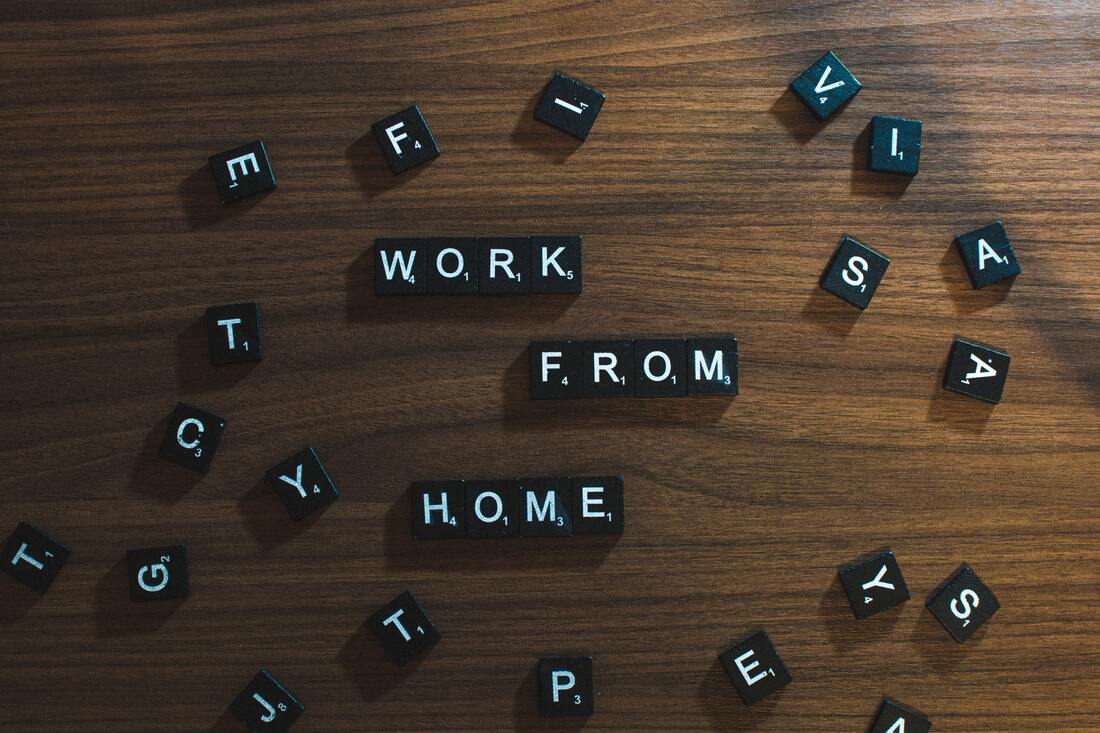

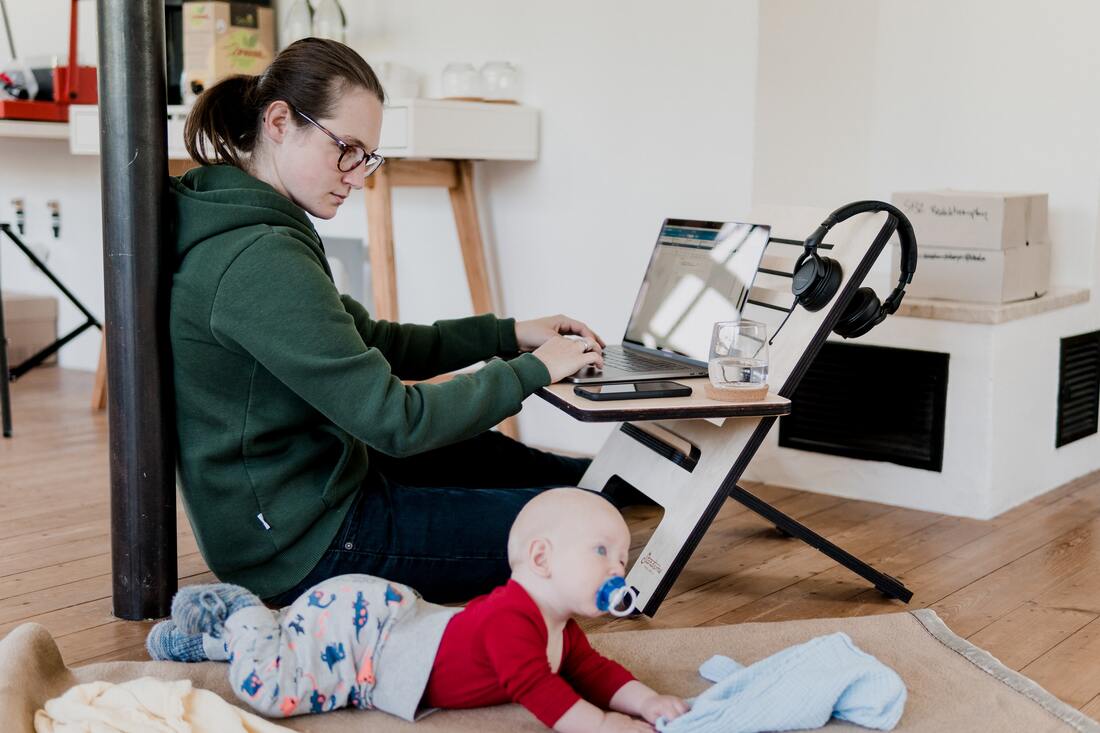

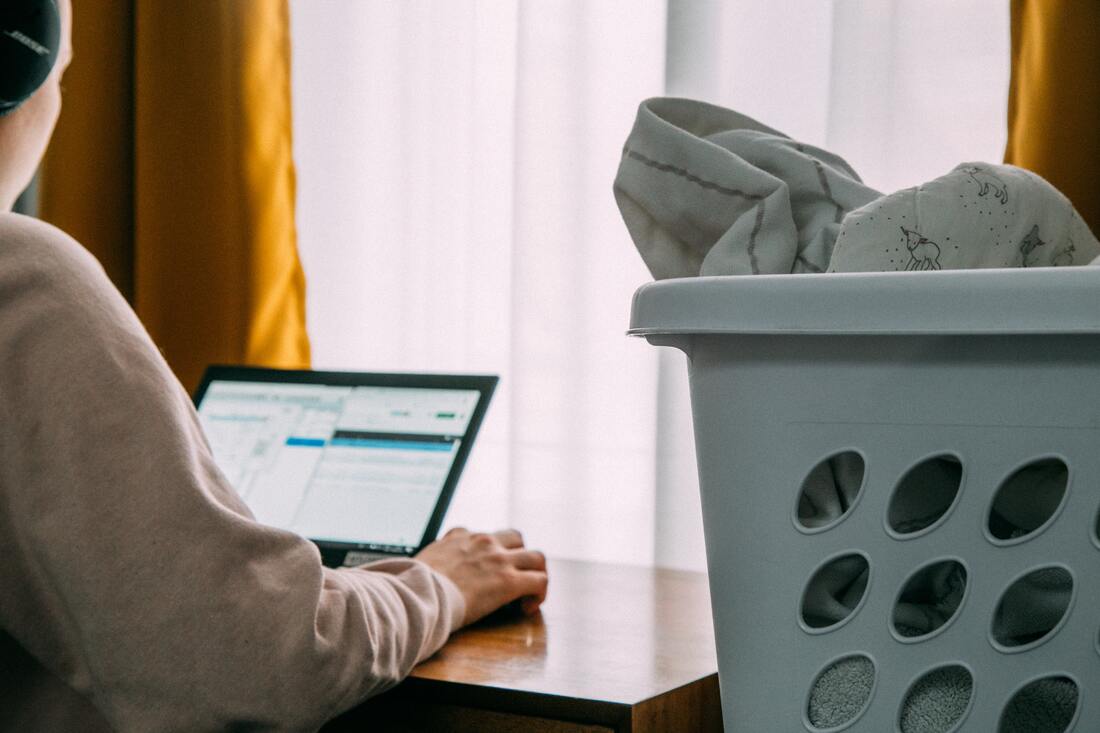
 RSS Feed
RSS Feed

